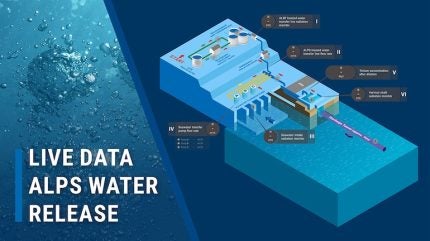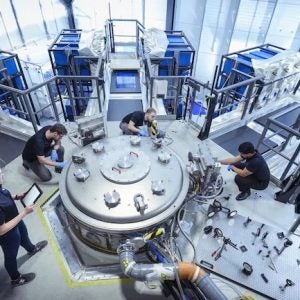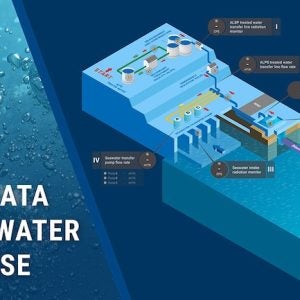
China said it found no abnormality in the activity concentration of hazardous elements such as tritium, caesium-134, caesium-137 and strontium-90 in seawater and marine life samples it had independently collected from waters near Japan’s Fukushima Daiichi NPP.
The samples were collected by domestic laboratories in late February under the framework of the International Atomic Energy Agency, according to a statement released by the China Atomic Energy Authority.
“As China has repeatedly pointed out, a single test result showing no abnormalities does not guarantee that future tests will also be problem-free,” Foreign Ministry spokesman Lin Jian said, noting that China’s stance against Japan’s discharge of nuclear-contaminated water has never changed.
“We will continue to work with the international community and relevant professional organisations, such as the IAEA, to urge Japan to earnestly fulfil its commitments and ensure that the ocean discharge is under international supervision,” Lin told reporters at a news briefing in Beijing.
According to Lin, during the sixth China-Japan High-Level Economic Dialogue held in Tokyo in March, Japan reaffirmed that it will accept long-term international monitoring of its discharge of nuclear-contaminated water and Beijing’s independent sampling and monitoring.
China independently collected the samples in October last year and February, after the Japanese government unilaterally started discharging nuclear-contaminated water into the ocean in August 2023. The Chinese authorities make analytical data available to the IAEA, which summarises and publishes information from member states.
Japan’s Fukushima Daiichi NPP suffered a triple core melt down following the 2011 earthquake and tsunami. To cool the reactors, a large amount of water was used and subsequently became contaminated with radioactive substances.
After special treatment, the concentration of radioactive substances in the cooling water is significantly reduced, but it is impossible to completely remove tritium for technological reasons. For many years, contaminated water was stored in tanks. In August 2023, despite protests from the local population, fisheries management organisations and a number of countries, including China, the IAEA approved the gradual discharge of purified cooling water into the Pacific.
China introduced a complete ban on the import of seafood from Japan after the start of the discharges. In September 2024, the two countries agreed that imports of Japanese seafood could gradually resume if Beijing could participate in surveillance activities.






